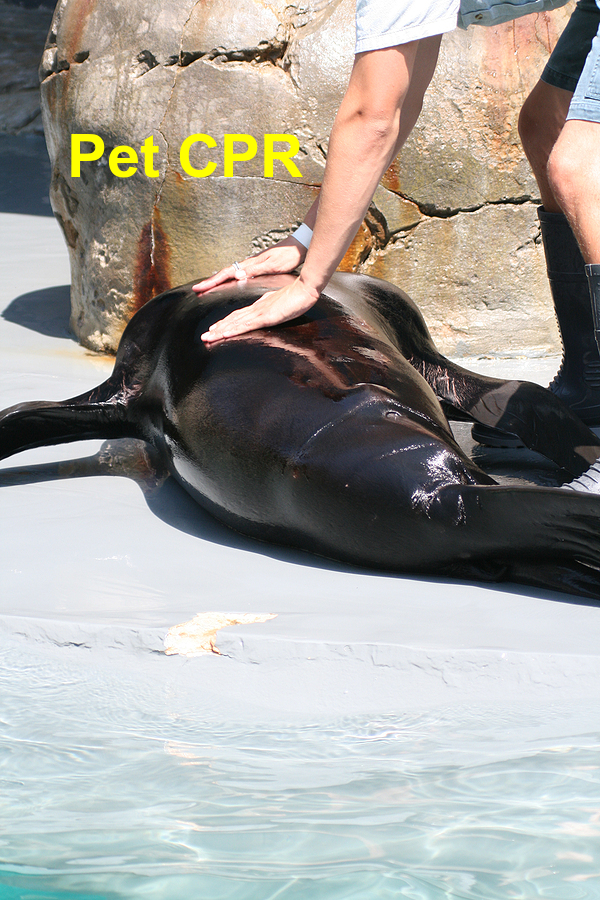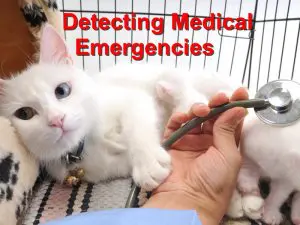
You may have seen it in your favorite television show or learned about it in middle school during an odd first-aid course. However, not many people envision ever being in a position where their ability to perform a quick pet CPR could mean the difference between their favorite furry surviving the jaws of death.
You see, pet CPR, just like CPR in us, is an emergency and life-saving that employs a set of chest compressions and artificial respirations to revive an animal who is not breathing that doesn’t have a steady heartbeat. Like in people, when a pet’s heart ceases beating for whatever reason, their blood oxygen levels tank sharply predisposing them to massive organ failure if urgent medical intervention is not administered promptly. The same happens when they stop breathing which could also put them at the risk of suffering massive brain damage if you don’t act quickly.
Learn Pet CPR to be your Furry Friend’s First Responder
Ideally, the first responder is often the first trained medical professional to arrive at the scene of an accident or incident with proper equipment such as an oxygen mask and tank. First responders are generally highly trained on how to ensure the survival of the patient until they can get access to proper medical attention. However, life is rarely perfect or ideal. There is a dreadful chance that you could be the first responder to your pet’s medical emergency and you need to be prepared for it.
For starters, it is important to make sure that the pet’s airway is clear and free from any kind of obstruction. Open their mouth and check thoroughly for any chances that the throat could be obstructed which could curtail your CPR efforts. Secondly, look for signs of breathing or obstructed breathing – it’s possible that the pet could be unconscious but still breathing. If they are signs of unrestricted airflow then CPR is not necessary. Next, lay the pet on their right side and check their chest for a heartbeat.
If your pet is not breathing because of an obstructed airway, such after choking on food, you may have to perform an adapted version of the famous Heimlich maneuver to get them breathing again.
References: Redcross, First aid for pets, Learning Pet CPR



